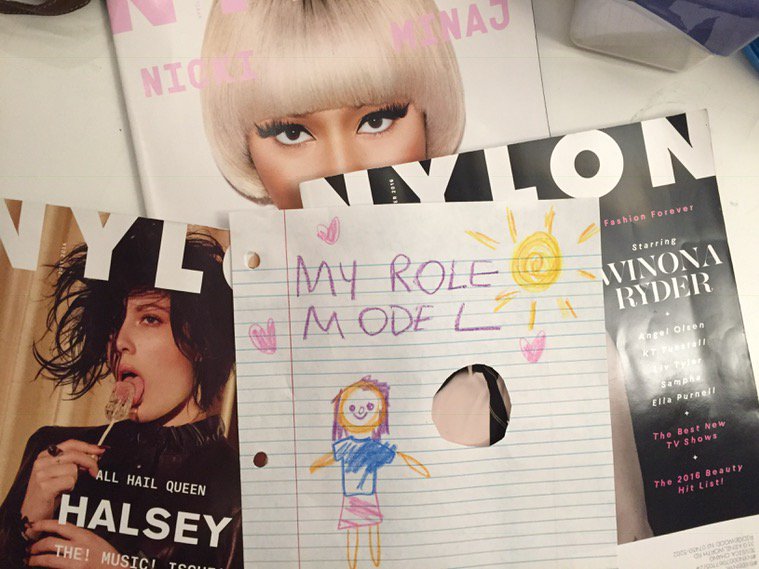They dominate social media. Their words are often considered more valuable than a parent’s. And they are idolized by the vast majority of children and adolescents today. Who are they? Celebrities.
Whether the VIP is a basketball player or supermodel, each celebrity appeals to a fragment of the population’s youth. Given the extent of social media, children today can very easily keep up with a celebrity’s latest news. A 13-year-old girl likes Kylie Jenner’s Instagram post showcasing a new matte lip color, and within hours she has ordered a tint to match Kylie’s. A young sports fanatic sees Eli Manning in a Gatorade commercial, and from then on, only the signature orange caps peek out from the top of his game cooler.
But is all this exposure healthy? Under what circumstances should these celebrities stop being venerated and instead be taken as an example of what not to do? There are plenty examples of celebrities who have done almost everything right. This year, Taylor Swift partnered with Scholastic to donate 25,000 books to New York City schools. Though he might appear rough and tough, John Cena participated in his 500th Make-A-Wish event, bringing happiness into the lives of terminally ill children. Stephen Curry sent a strong message about the importance of family each time he brought his young daughter, Riley Curry, to post-game press sessions during the play-offs. International pop star Shakira drew global attention to early childhood health and education needs using her role as a United Nations Goodwill Ambassador.
However, fame is not always earned from doing the right thing. Though the celebrities listed above are only few of many who have been recognized for their positive achievements, about an equal amount have been admired for their rebellious side. Based on popular results, Abby Lee Miller, Kim Kardashian, Miley Cyrus, and Justin Bieber have been considered poor role models for today’s youth.
Maria Manoussakis, a junior at Indian Hills High School, considers Anna Kendrick a positive role model: “She never really became famous until Pitch Perfect came out. Before that she was nobody, looking for a way to get into the media.” Like many other adolescents (and movie-fanatics), Manoussakis noticed a quality Kendrick carried that has always been esteemed: “Anna Kendrick worked herself up from the bottom and displays an image of perseverance. She also relates to people by saying that you should never give up on your dreams, no matter how unreasonable they might seem.”
And, interestingly enough, a majority of adolescents seem to be on the same page as their parents regarding which big name should not be idolized. In accordance with popular results, Manoussakis stated that Kim Kardashian “is famous for doing nothing.” The path to fame the Kardashians took is not considered as laudable as, say, Oprah Winfrey’s. “[Kim Kardashian] came from a family of wealth, so she can’t relate to someone who is not upper class,” Manoussakis stated. “Plus, she puts herself out there too much with pictures and inappropriate clothing…it is completely not necessary since she is a mother of two.” Manoussakis added that Kardashian only appeals to a certain percentage of the population; thus, those who cannot relate to her do not find her an admirable role model.
This year marked a critical measure of celebrity decency and virtue; the Republican nominee for President of the United States was also a reality TV show host. Donald Trump’s “you’re hired”s and “you’re fired”s resonated quite a bit in the minds of voters who thrive on sensationalism. Given the nature of the debates and election results, Americans have been pushed to consider if their own president-elect is a good role model. Do the results of the election say something about what the U.S. population considers a good or bad role model?
Perhaps there is no absolute measure of a celebrity’s influence. Negative celebrities can have a positive influence because they show children what not to do. However, every fan has their own interpretation of what is “good” and “bad.” The lines are blurred, and the media often colors outside of those lines. Behind our screens, we are the celebrities’ puppets – hanging from the fluctuant strings of social media and dominated by the double-tap and the “Like” button.
Anika Tsapatsaris
staff writer
Graphics: Jessica Chang

